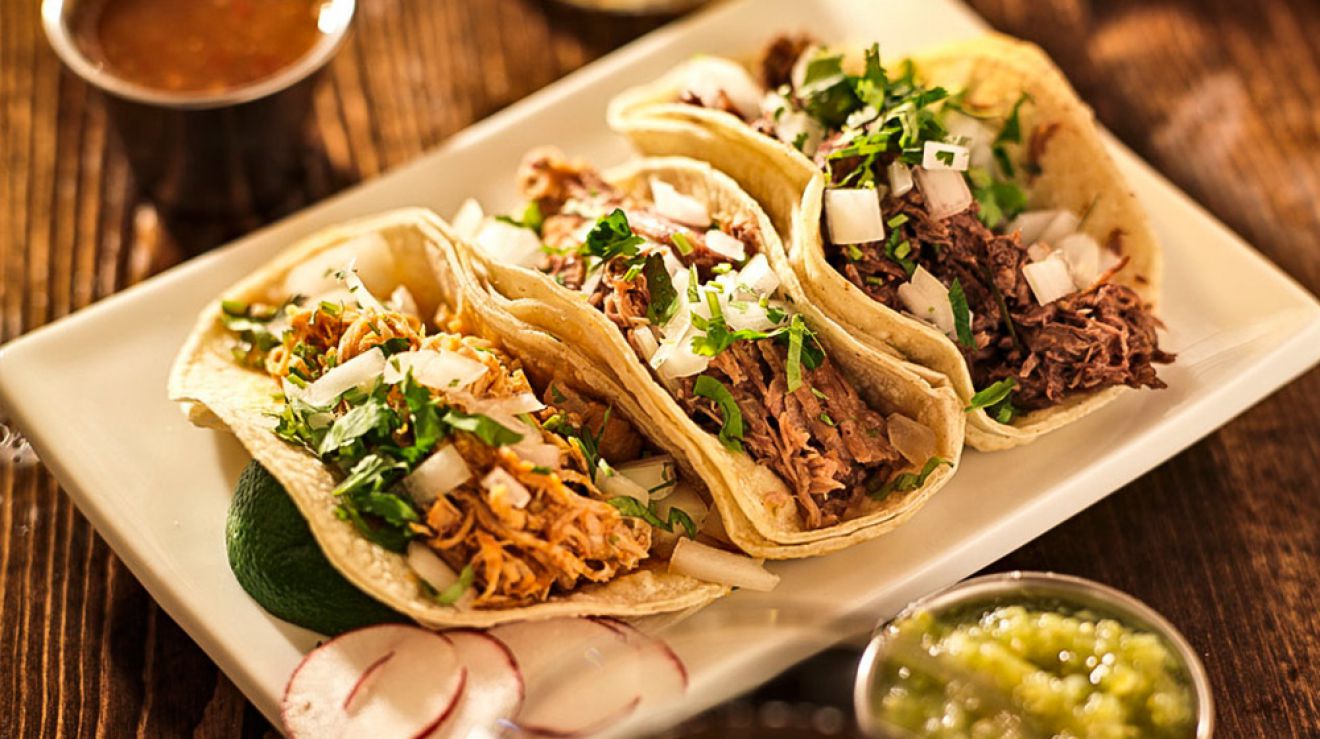
Spanish cuisine is heavily influenced by regional cuisines and the particular historical processes that shaped culture and society in those territories. Geography and climate, had great influence on cooking methods and available ingredients, and these particularities are still present in the gastronomy of the various regions that make up the country. Spanish cuisine derives from a complex history, where invasions of the country and conquests of new territories modified traditions and made new ingredients available .
Originating in Valencia, paella is a rice dish prepared with seafood. Of all the foods in Spain, this is the most popular. In this dish, savory yellow rice is combined with tomatoes, onions, peas, shellfish, squid, clams and chicken drumsticks.
Paella is one of the most typical dishes that you will find when studying abroad in Spain. It's a rice dish, usually prepared in a big pot over an open fire, with a variety of vegetables, meat, chicken or fish added. While the dish originated in Catalonia, Paella is now prepared all over Spain in many different ways.Paella is a traditional Spanish dish from Valencia. It is a rice dish that can have meat, fish, seafood, and vegetables and is characterized by its use of saffron to give it a yellow color and unique flavor. There are three main types of paella:
Valencian paella/paella valenciana: rice, green vegetables, rabbit, chicken, or duck, snails, beans, and seasoning.
Seafood paella/paella de marisco: rice, seafood, and seasoning.
Mixed paella/paella mixta: combination of seafood, meat, vegetables, beans, and seasoning.
A typical lunch will have several courses. The first course is the lighter part of the meal, usually consisting of a salad or soup, while the second course is normally your typical fish or meat dish. A dessert can be a simple piece of fruit, a typical Spanish flan, or a sweet pastry or cake.